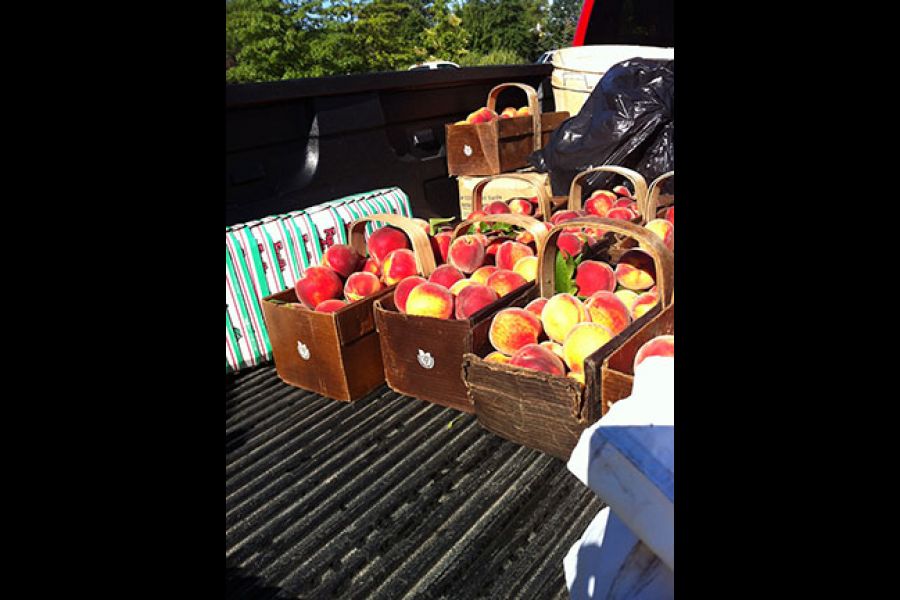NOTE italics and bold below:
The staff of Ravine Winery share their expertise and offer a brief explanation about an aspect of wine in this regular feature. So, whether you’re an expert oenophile or a newbie just finding your way around wine country, we trust you’ll enjoy. Cheers!
Rosé can be produced using a wide variety of red grapes, which may include Grenache, Gamay, Sangiovese, Cabernet Sauvignon, Syrah, Pinot Noir or Cabernet Franc. Since the varietal of grape and winemaking style can vary, so can the flavours and aromas, which can include raspberry, strawberry, melon, cherry, citrus, rhubarb and celery among others.
There are three methods of producing Rosé: maceration, saignée and blending.
Maceration is the method chosen when an entire batch of grapes is being used for the purpose of making only Rosé. It is also referred to as “Intentional Rosé. In this process, the grapes are crushed and left in contact with their skins. The colour of red comes from the skin, which means that the longer you leave the skins in contact with the juice (wine), the richer the colour. In the case of Rosé, however, contact with the skins lasts only a short time, anywhere from a few hours to a few days. After that the skins are removed and fermentation continues. Maceration is the most commonly used method for those winemakers producing a higher quality Rosé.
Saignée (meaning “to bleed”) is the process used when the entire batch of grapes is not being solely used to produce Rosé. In this case, the pink juice produced early in the red winemaking process is poured off (or bled off) the red wine juice into another tank and fermented on its own. Like the maceration process, skin contact is short, anywhere from two hours to two days. The final product, however, can be medium-bodied (versus the lighter-bodied maceration version) because the grapes were picked at their ripest as the intention was to produce red wine.
Blending is the last method. This involves mixing a small amount of red wine (up to 5 per cent) with white wine to produce Rosé. This is the least common method and is not typically used by fine winemakers nor allowed in many regions of France, except the Champagne region. There, it is used for sparkling wines where Pinot Noir is blended with Chardonnay.
Rosé went out of favour in the last decade due to the overly sweet versions that were being produced. It is the norm once again that Rosé is dry and the perfect complement to barbecue fare.










